POSTSCRIPTS
Tips and essays to enhance your looking at, understanding, and making art.
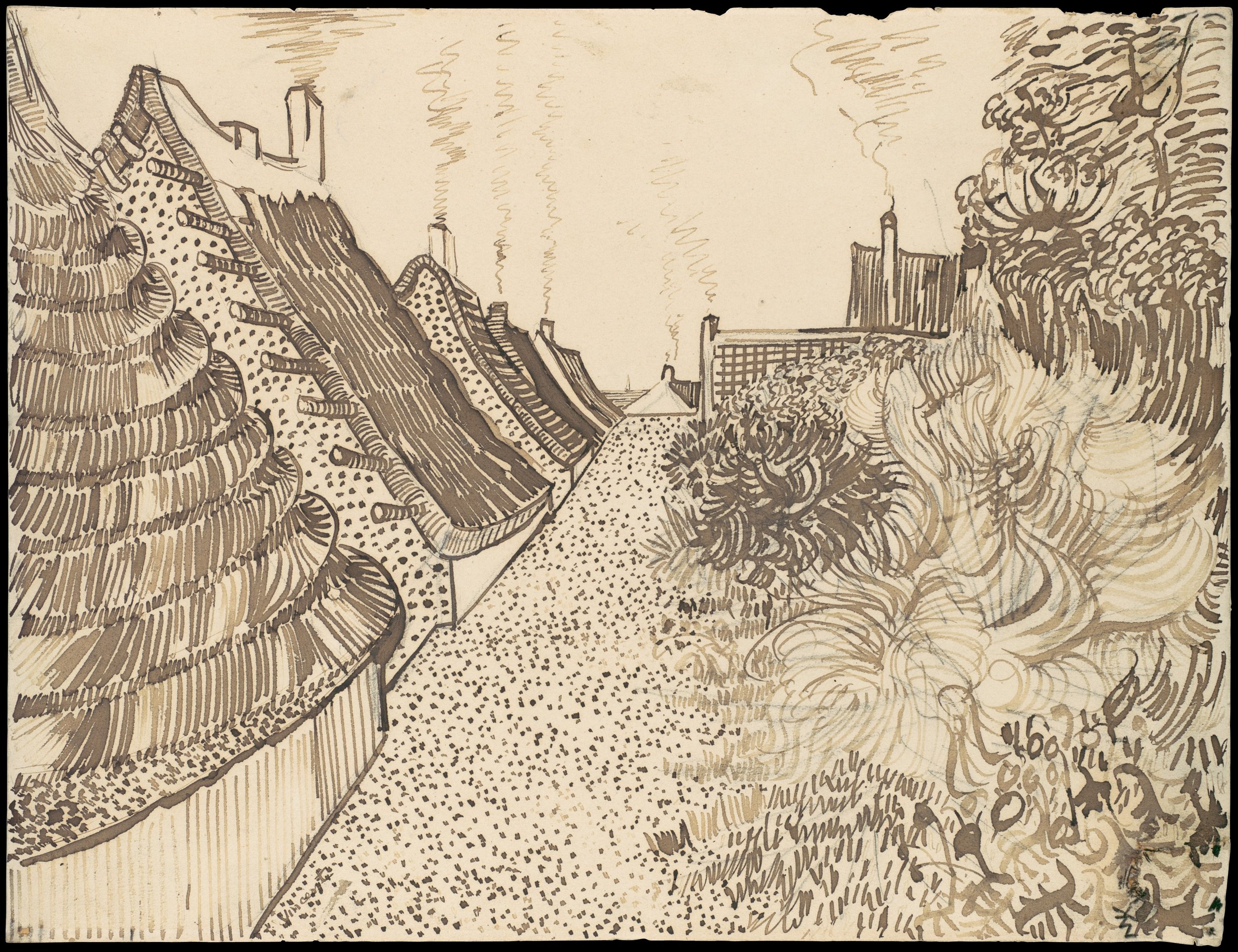

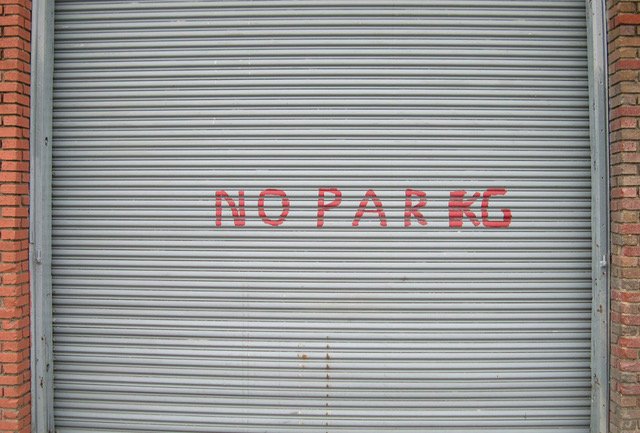
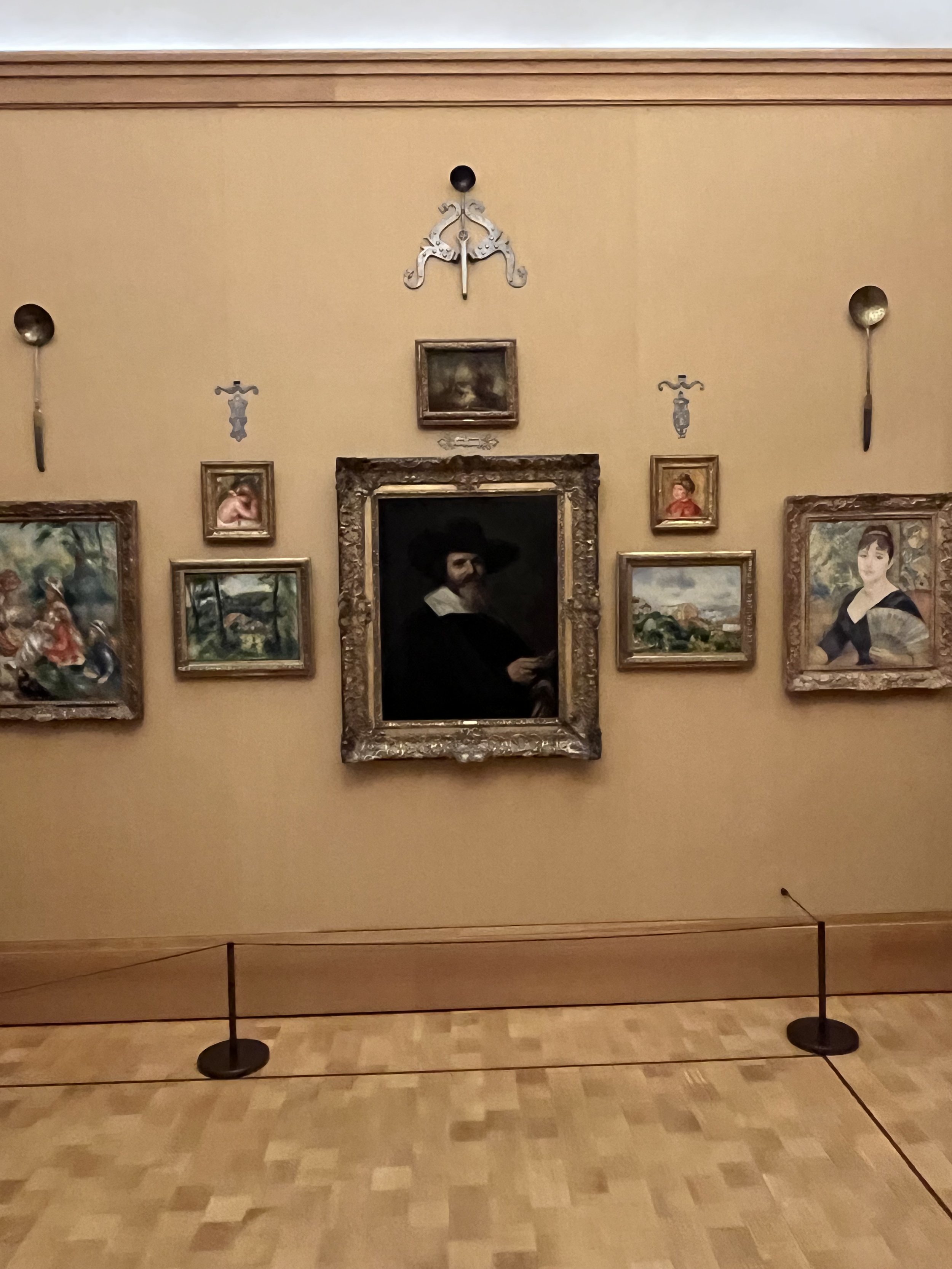

No Objects/Know the Picture Plane
James Reed, printer of Milestone Graphics said to me one day, “It’s not about the picture, it’s about the picture plane.” The “picture plane” is the surface on which the artist works. It is an epidermis of the entire painting/drawing, bordered by the limits of the frame.
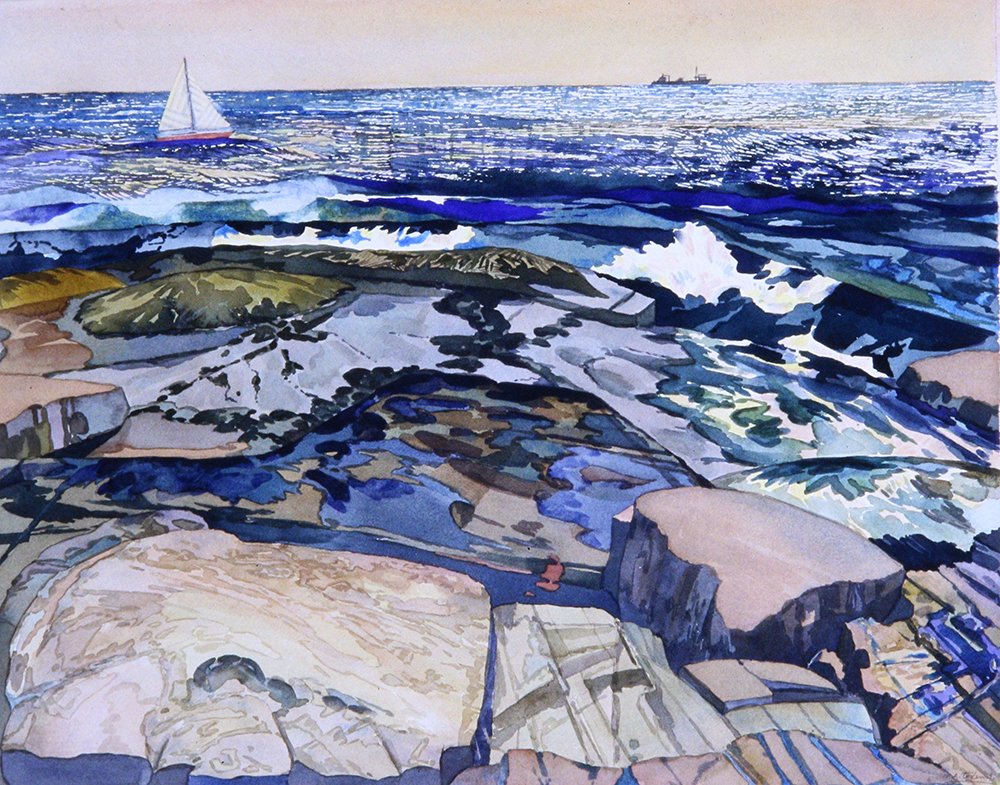
On the Rocks
Artistic practice can be akin to other practices such as meditation and other contemplative disciplines, marathon running, or mountain climbing. As a practice, painting and drawing may be at once the cause and the result of an altered consciousness,

Painting’s Paradox
John Torreano wrote, “For painters the contradistinction between paintings' two-dimensional aesthetic value and its materiality of means will always be the compelling mystery….”
Paintings and drawings, therefore, present a paradox for both the observer and the artist.

Inner Stipulation
Our visual perception systems provide all human beings with a profound commonality and continuity. Just as we are hard-wired to learn language, our perceptual system is hard-wired to “see” in a particular way.

I am Getting Smaller
When you look at the photograph of the stack of pipes do you believe what you see? The pipes look like tubes with one end much larger than the other. This is the perspective phenomenon. You do not believe what you see, a stack of tapered pipes.



The Artist, the Cup, and the Saucer
Drawing the cup and saucer on the paper requires practitioners to suspend what they know and pay attention to what they see.

Part-to-Part
Fear of making mistakes and controlling the drawing/painting process are factors underlying the part-to-part response of most beginning art students.

Process/Practice
The destination of the artist is the practice, not the outcome or the results.
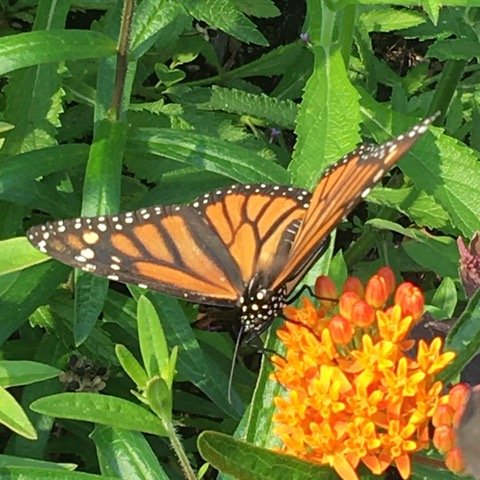
Alert Disinterest
Alert disinterest is a state of non-attachment, a quality aimed through the practice of various disciplines, including yoga, painting and drawing, the tea ceremony, and martial arts.

Beginners Mind
Beginner’s Mind is that quality of wide-eyed wonderment and surprise that we associate with our childhood memories.
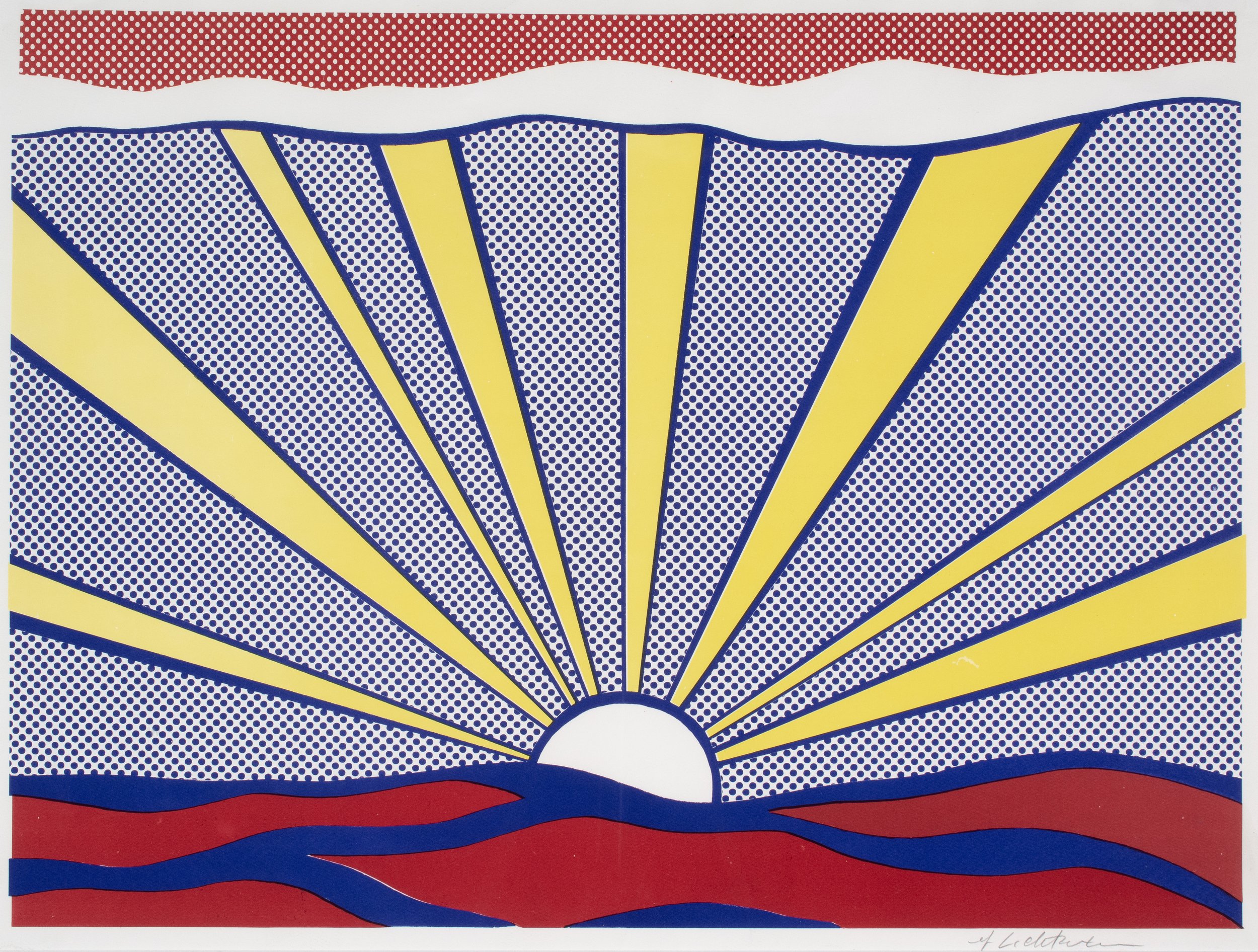
Object-Directed vs. Ground-Directed
Object-centered perception leads to focusing on parts and objects; ground-directed perception notices the whole of which the parts are contributors.


THINK AHEAD
One afternoon I noticed a gray metal garage door with the letters, NO PARIKG, painted in bold, red, block letters, across its surface. The red block letters appeared clearly except for the last half of the second word, where the letters appeared confusing. It seemed to me that by the time the sign painter had painted NO and PAR the painter probably noticed they would run out of room.

Part-Whole
.Just like in a melody, the parts of the model are structured relationships, and if the artist maintains those relationships, then the whole, the Gestalt, is preserved and recognized.